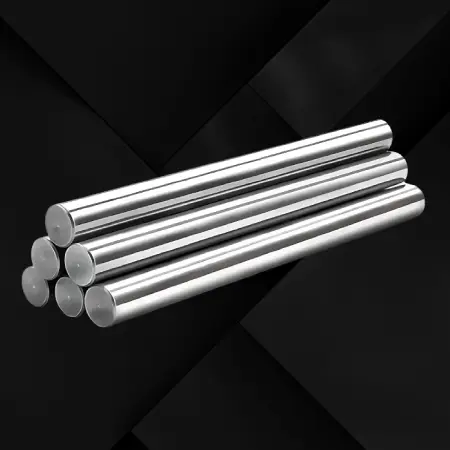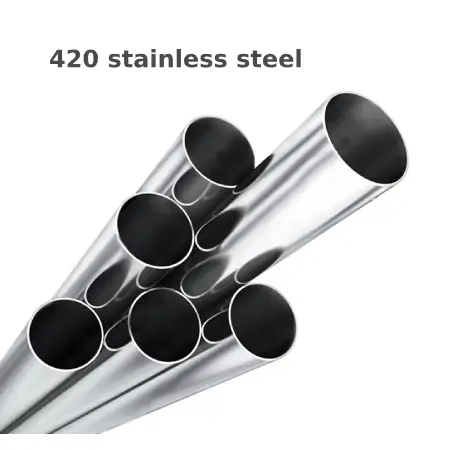Stainless steel profiles are a family of standardized, reliable materials that come in various shapes and sizes, designed for use across a range of manufacturing and construction applications. These profiles are extruded from stainless steel and offer the benefits of high strength, durability, and resistance to corrosion.
Introduction to Stainless Steel Profiles
Definition: Stainless steel profiles are extruded forms of stainless steel that provide a cost-effective and durable alternative to other materials for a variety of uses in engineering and manufacturing.
Material Composition: They are typically made from various grades of stainless steel, including 200. 300. and 400 series, with the 304 and 316 grades being the most common for their balance of corrosion resistance and mechanical properties.
Shapes: Stainless steel profiles come in a variety of shapes such as:
Rounds
Squares
Rectangles
Channels
Angles
Tees
Z-Profile and H-Beams
Custom or irregular shapes for specialized applications
Applications: Common uses of stainless steel profiles include but are not limited to furniture, architecture, lighting fixtures, machinery and equipment frames, guardrails, shelving systems, automotive accessories, and marine structures.
Surface Finish: They can have various surface finishes including mill finish, bright polished, brushed, or powder coated, which not only affect the appearance but also the level of corrosion resistance.
Strength and Durability: Stainless steel profiles are known for their high strength-to-weight ratio, which makes them ideal for load-bearing applications, and their long-lasting durability, even in harsh environments.
Corrosion Resistance: The alloyed chromium content in stainless steel profiles provides a passive, protective oxide layer that ensures excellent corrosion resistance, making them suitable for high-moisture environments and areas exposed to corrosive substances.
Heat Resistance: Stainless steel profiles can maintain their structural integrity at high temperatures, which is beneficial for applications in heating systems or where high-temperature exposure is expected.
Recyclable: As a sustainable material, stainless steel profiles can be fully recycled and reused, which adds to their environmental advantages.
Fabrication: They are easy to work with and can be cut, drilled, welded, or bent to fit specific requirements without compromising their structural strength.
Customization: Stainless steel profiles can be customized to meet specific project needs in terms of size, shape, thickness, and finish, offering designers and engineers a wide range of design options.
Safety and Reliability: These profiles provide a safe and reliable option for structural support and function, especially when accurate dimensional stability is required.
Maintenance: Low maintenance is required due to the inherent properties of stainless steel, which resists rust and stains, making cleaning and upkeep straightforward.
Stainless steel profiles represent a versatile group of materials suitable for both functional and decorative applications. Their ability to be tailored to specific needs, combined with their durability and resistance to environmental factors, make them an essential choice in contemporary design and engineering.






